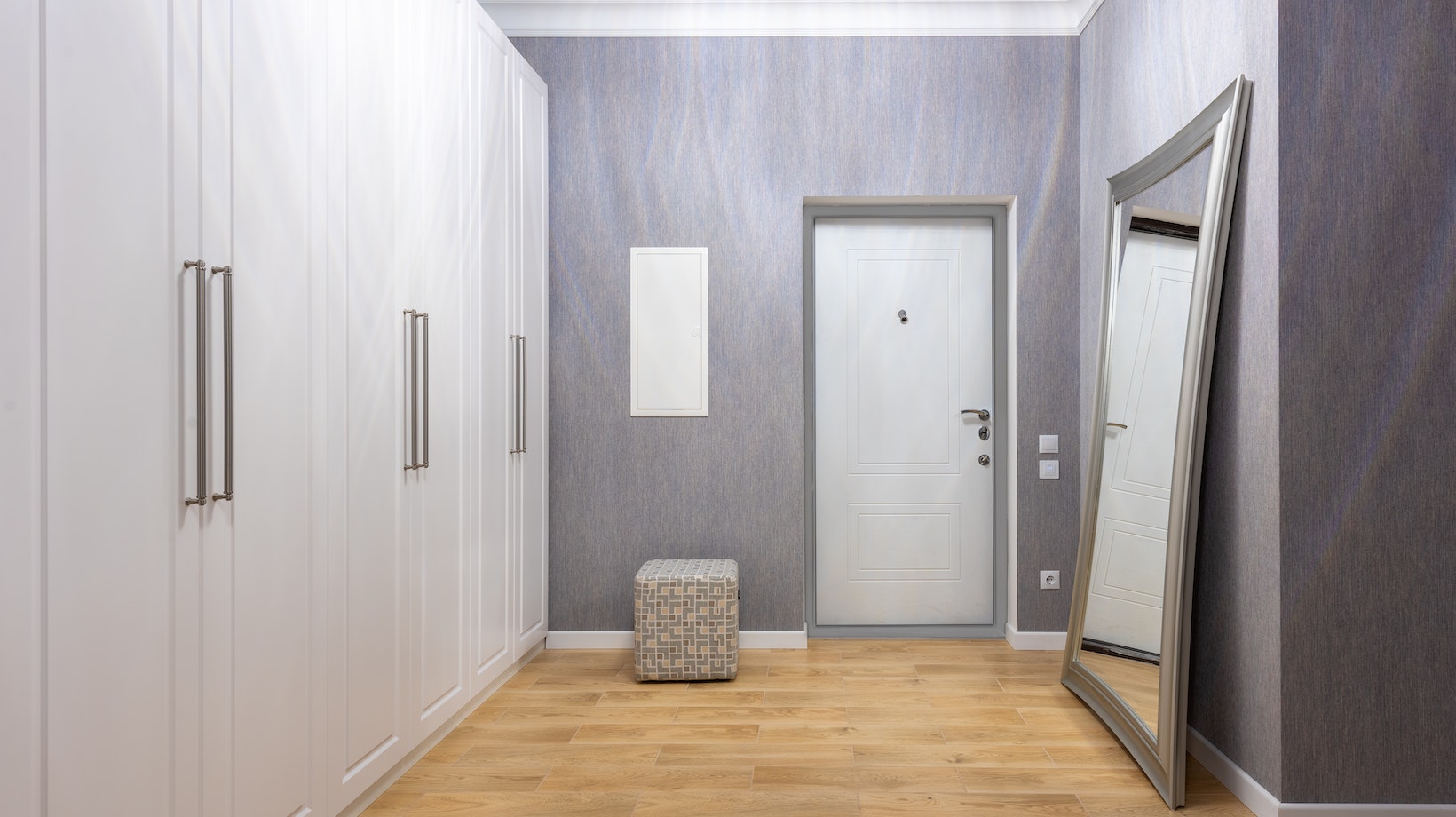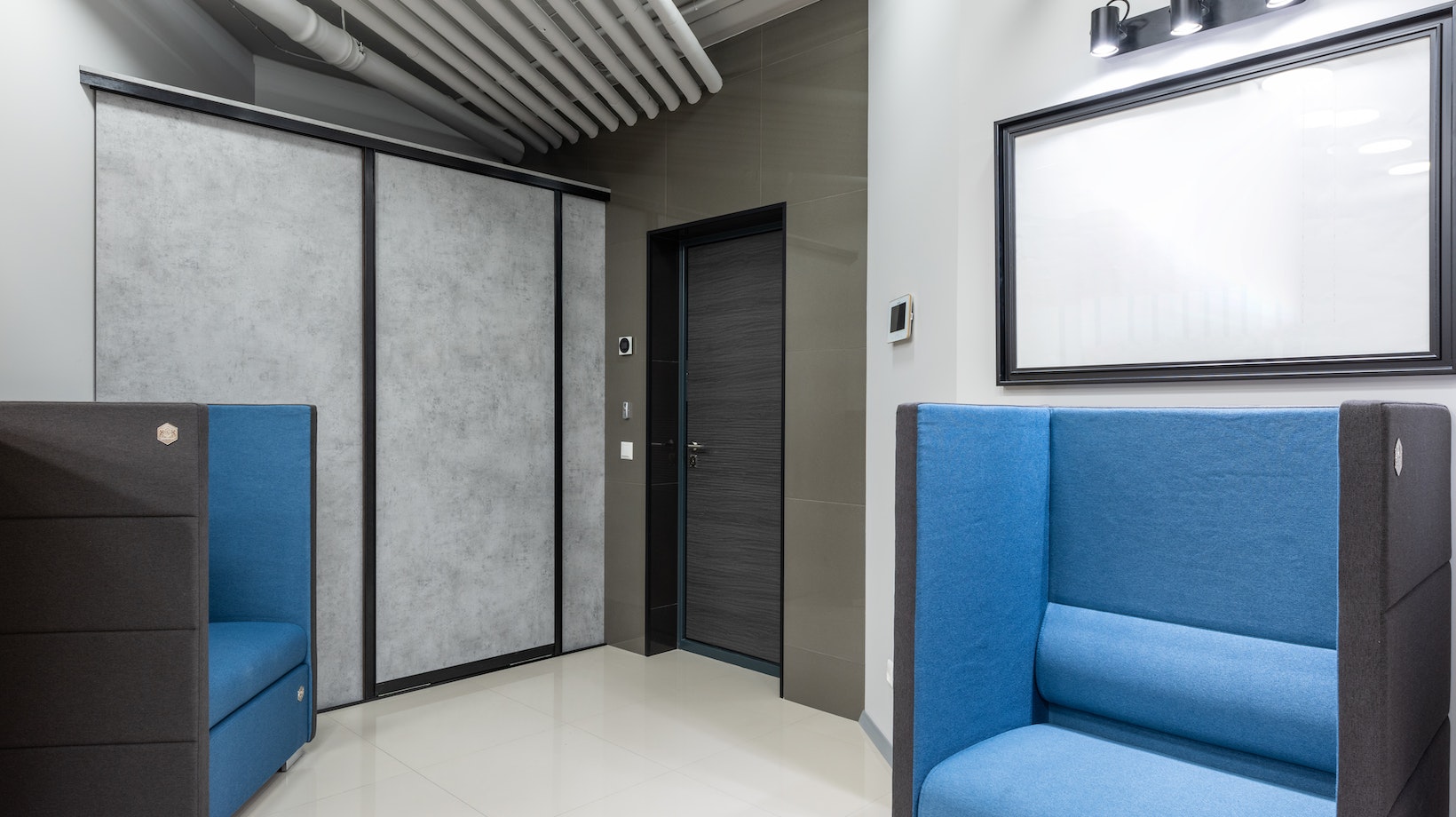
Diy Closet Doors
When it comes to DIY closet doors, there are various options available that can add both functionality and style to your space. Here, I’ll walk you through some of the different types of DIY closet doors that you can consider for your project.
1. Sliding Doors: Sliding doors are a popular choice for closets as they save space and provide easy access. They operate on tracks and slide smoothly to open or close. You can opt for traditional sliding doors with panels, or get creative with modern alternatives like barn-style sliding doors.
2. Bi-Fold Doors: If you have limited space in front of your closet, bi-fold doors could be the perfect solution. These doors consist of two panels hinged together in a way that allows them to fold in half when opened. This design ensures that the door doesn’t protrude into the room when fully open.
3. French Doors: For those looking to add a touch of elegance and sophistication to their closets, French doors are an excellent option. These double doors feature glass panels which allow natural light to flow through while still maintaining privacy.
4. Curtains: If you prefer a more budget-friendly and versatile option, curtains can be used as an alternative to traditional closet doors. With a wide range of colors, patterns, and materials available, curtains offer flexibility in terms of style and customization.
Materials and Tools Needed for DIY Closet Doors
When it comes to tackling a DIY project like building your own closet doors, having the right materials and tools is crucial. You want to ensure that you have everything you need before starting, so you can work efficiently and effectively. Here are some of the key materials and tools you’ll need for this project:
Materials:
– Wood: Choose a sturdy wood material such as plywood or MDF (medium-density fiberboard) for the door panels.
– Trim: Opt for decorative trim pieces to add visual interest to your closet doors.
– Hinges: Select hinges that are appropriate for the weight and size of your doors.
– Screws: Make sure you have an assortment of screws in different sizes to secure various components together.
– Sandpaper: Have sandpaper on hand to smooth out any rough edges or surfaces.
– Primer and paint: Consider using primer before applying paint or stain to achieve a durable finish.

Step-by-Step Guide to Installing DIY Closet Doors
When it comes to upgrading your home, installing DIY closet doors can be a great project that adds both functionality and style. Whether you’re replacing old doors or adding new ones, follow this step-by-step guide to ensure a successful installation.
1. Measure and Prepare
Before getting started, measure the height and width of your closet opening. This will help you determine the size of the doors you’ll need. Take note of any irregularities or obstacles that might affect the installation process.
2. Choose Your Door Type
There are various types of closet doors available, such as sliding, bifold, or hinged doors. Consider your space constraints and personal preferences when selecting the type that suits your needs best.
3. Gather Tools and Materials
To complete the installation, gather all the necessary tools and materials beforehand. These may include a measuring tape, screwdriver, drill, level, screws or nails, hinges (if applicable), and door handles.
4. Remove Old Doors (If Necessary)
If you’re replacing existing closet doors, remove them carefully by unscrewing any hinges or tracks holding them in place. Make sure to keep track of any hardware that can be reused for the new doors.
5. Install Tracks (For Sliding Doors)
For sliding closet doors, begin by installing tracks on both the top and bottom of the opening according to manufacturer instructions. Ensure they are level and securely fastened before proceeding.
6. Hang Bifold Doors (If Applicable)
For bifold doors, attach pivot brackets at both ends of the top track following manufacturer guidelines. Then hang each door panel onto its respective bracket using hinge pins.
Remember, each installation may vary depending on the specific type of closet doors you choose, so always refer to the manufacturer’s instructions for detailed guidance throughout the process.





